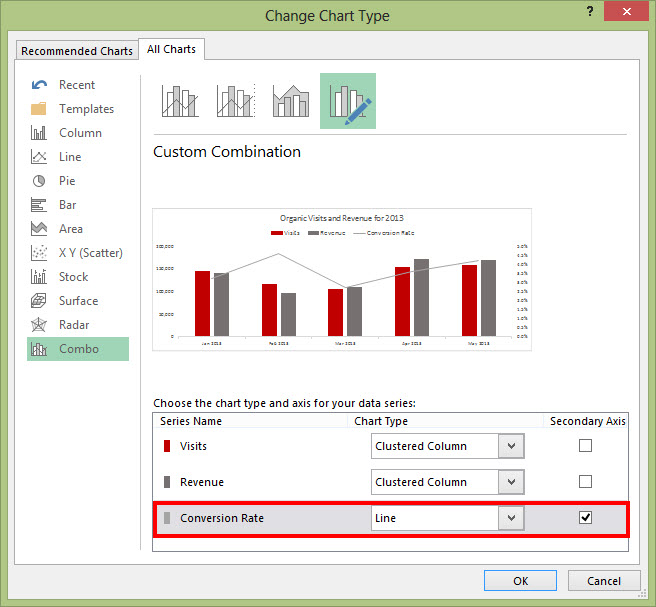An example box and whisker plot from the Box Plot Template showing the IQR, whiskers, and max/min outliers. Creating the Box The box part of a box and whisker plot represents the central 50% of the data or the Interquartile Range (IQR). Office 2011 for Mac All-in-One For Dummies By Geetesh Bajaj, James Gordon The first thing to consider when copying and pasting content into Excel in Office 2011 for Mac from Excel (or some other application) is to think about the nature of what you’re attempting to copy.
By Excel doesn’t offer a box-and-whisker chart. Instead, you can cajole a type of Excel chart into boxes and whiskers. Instead of showing the, the box-and-whisker plot shows the minimum, first quartile, median, third quartile, and maximum of a set of data. Statisticians refer to this set of statistics as a five-number summary. You represent each as a box with “whiskers.” The box is bounded on the top by the third quartile, and on the bottom by the first quartile.
Microsoft Excel For Mac 2011

The median divides the box. How you lay out the chart determines the width of the box. The whiskers are error bars: One extends upward from the third quartile to the maximum, and the other extends downward from the first quartile to the minimum. Notice that the median isn’t necessarily in the middle of the box and the whiskers aren’t necessarily the same length.
Sti Guns
The first order of business is to put data into a worksheet and start computing some statistics. The following figure shows the worksheet and the statistics. The next group of statistics holds the values for the five-number summary. You can use MIN to find the minimum value for each year, and MAX to find the maximum value. QUARTILE.INC computes the first quartile and the third quartile.
Excel Box Plot Template
Not surprisingly, MEDIAN determines the median. The final group of statistics holds the values you put directly into the box-and-whisker plot. Why is this group necessary? You can turn a Stacked Column chart into a box-and-whisker plot. In a stacked column, each segment’s size is proportional to how much it contributes to the size of the column. In a box-and-whisker box, however, the size of a segment represents a difference between one value and another — like the difference between the quartile and the median, or between the median and the first quartile. So the box is really a stacked column with three segments.
The first segment is the first quartile. The second is the difference between the median and the first quartile. The third is the difference between the third quartile and the median.
Excel Box Plot 2013
Won’t that just look like a column that starts at the x-axis? Not after you make the first segment disappear! The other two differences — between the maximum and the third quartile and between the first quartile and the minimum— become the whiskers. File compare tool for linux.
Follow these steps after you calculate all the statistics: • Select the data for the boxes in the box-and-whisker plot. In this worksheet, that’s B21:D23. Rows 20 and 24 don’t figure into this step. • Select INSERT Recommended Charts, and then select the sixth option to add a stacked column chart to the worksheet.
The fourth option in the Recommended Charts is also a stacked column chart. Don’t select that one. Use quickbooks 2014 for mac on sierra. Its rows and columns are reversed. The following figure shows what the stacked column chart looks like after you insert it, delete the gridlines, move the legend, remove “Chart Title,” and reformat and title the axes. The figure also shows the chart toolset to right of the chart.